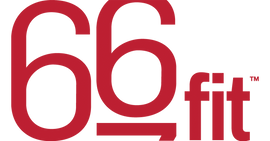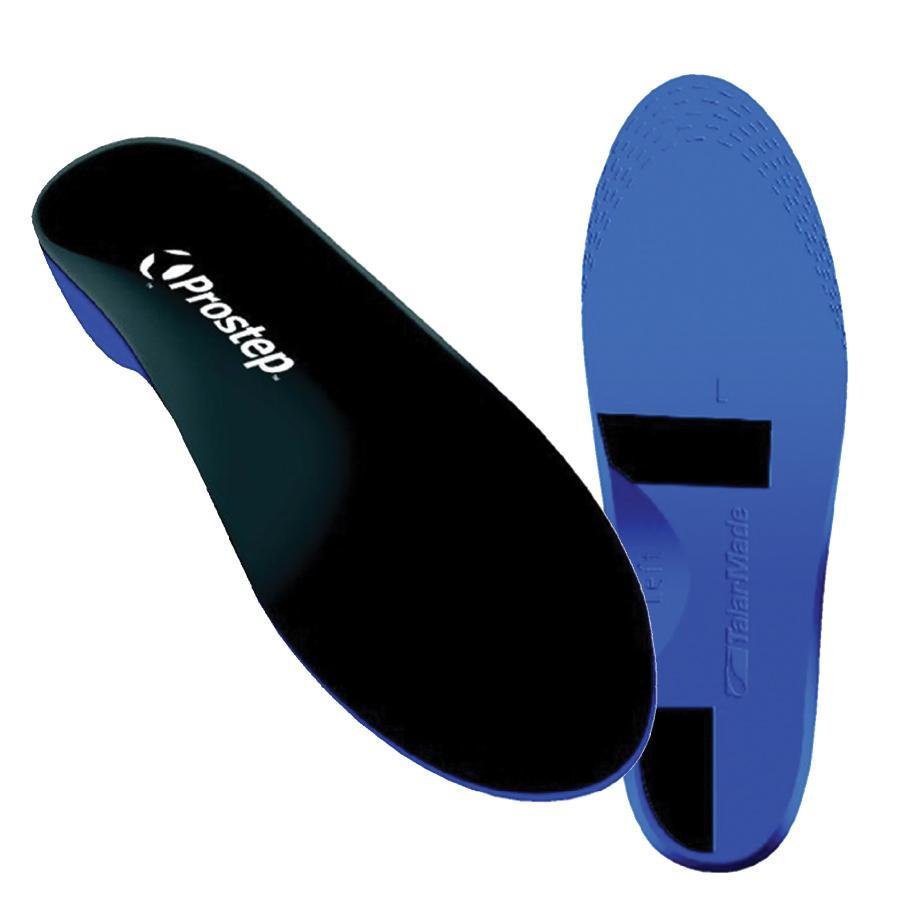
Rationale:
Patients with a low arch tend to pronate excessively and it becomes more difficult to restore a stable mid-foot before the heel lifts during walking and running. Even though pronation is a normal movement, if the foot remains in this position the midfoot (midtarsal joint) remains unstable. As the opposite foot swings forwards the arch collapses towards the inner side of the foot. This prevents the big toe joint from bending correctly (causing pain) and as a result the plantar fascia fails to support the arch, causing pain in the heels and arches of the feet. Pressure under the foot is unevenly spread and this gives rise to forefoot pain and hammer toe formation. As a result of continued pronation the legs remain twisted inwards and this causes stress to the supporting leg muscles. The knee position is also altered as the patella (kneecap) shifts position. Compression pain can also occur at the front inner edge of the knee.
The Concept:
The foot possesses an amazing automatic support mechanism. However, the low arch, pronating foot tends to show a significant bulge at the talonavicular joint area and is simply unable to support itself as this system fails. As force reaches its peak on the ball of the foot the heel lifts, the arch collapses and all supporting muscles and ligaments become susceptible to injury.
The Solution:
Prostep is designed to restore the natural position of the talus by supporting the inside edge of the heel and supports the spring ligament. This resists the valgus rotation of the rearfoot, which is associated with pronation. Prostep also features the Talar Made Integrated Posting System (IPS). This allows greater control of pronation. Posts of 0 degrees, 3 degrees and 5 degrees are provided with each pair. Each pair is furnished with an anti-bacterial top cover.
How to decide which posts to use with Prostep
| Rearfoot posts. As the arch rolls in during pronation, the heel (calcaneus) changes position and pressure falls on the inner (medial) side. Rearfoot posts are supplied to prevent this from happening. Choose 0_ for mild control, 3_ for moderate control and 5_ for higher control. |
|
| Forefoot posts. Many feet that pronate excessively have a tendency for the forefoot to sit in a position, which is tilted inward (varus) when compared to the rearfoot. This encourages the inner (medial) border to roll down to the ground and cause further pronation. Forefoot posts are supplied to prevent this from happening. Choose 0_ for mild control, 3_ for moderate control & 5_ for higher control. |
|
Conditions treatable with ProStep:
- Archpain (plantarfasciitis)
- Painful 1st MTP joint e.g. hallux limitus
- Forefootpain (metatarsalgia) Anklepain
- Leg muscle pain e.g. tibialis prosterior
- Achilles tendon pain
- Knee pain caused by pronation
- Low back pain caused by pronation
Sizing (According to Shoe Size)
X-Small
Mens 4 - 5
Womens 5 - 6
Small
Mens 5.5 - 6.5
Womens 6.5 - 7.5
Medium
Mens 7 - 8
Womens 8 - 9
Large
Mens 8.5 - 9.5
Womens 9.5 - 10.5
X-Large
Mens 10 - 11
Womens 11 - 12
XX-Large
Mens 11.5 - 12.5
Womens 12.5 - 13.5



